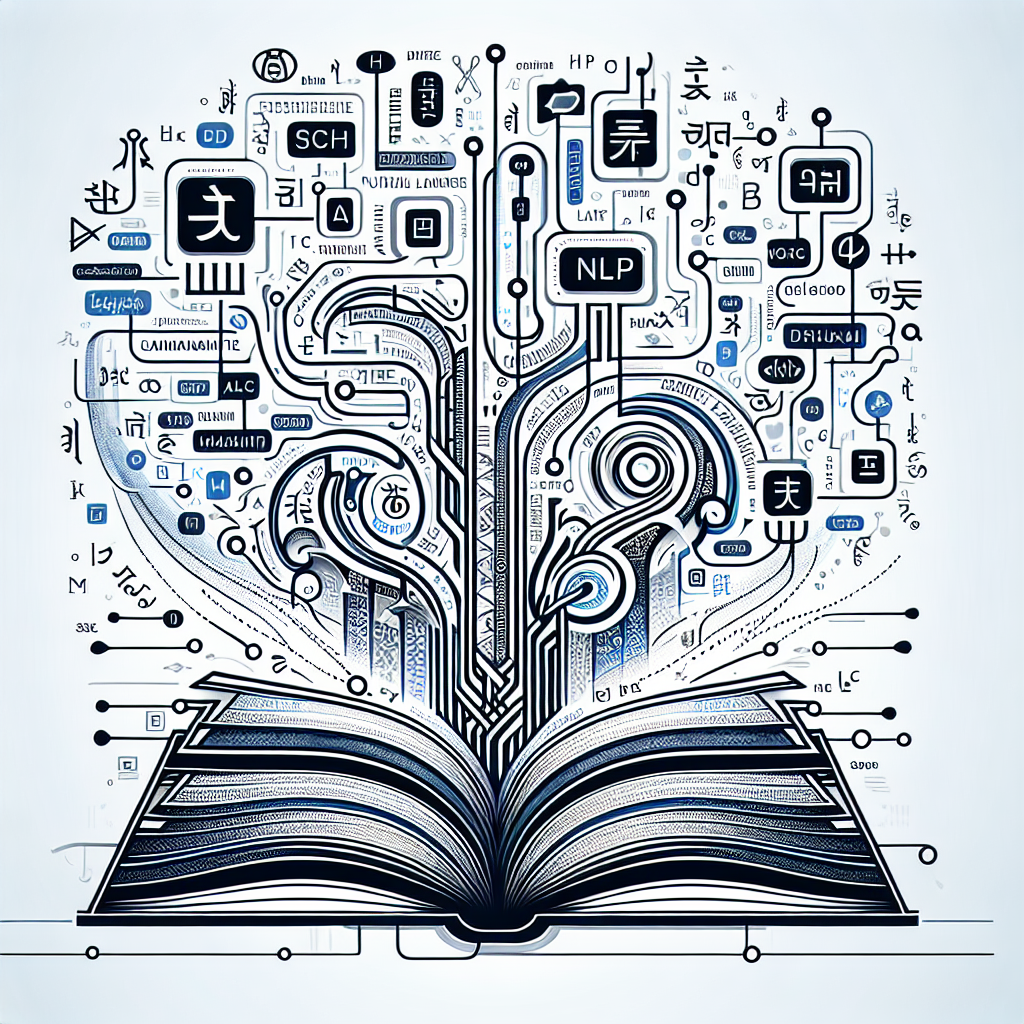Natural Language Processing (NLP) is a field of study that focuses on the interaction between computers and human language. It involves the development of algorithms and techniques that enable computers to understand, interpret, and generate human language in a way that is meaningful and useful. NLP has a wide range of applications, from chatbots and virtual assistants to sentiment analysis and machine translation. However, despite the progress that has been made in recent years, there are still a number of challenges that researchers and developers face in the field of NLP.
One of the biggest challenges in NLP is the ambiguity of human language. Human language is inherently ambiguous, with words and phrases often having multiple meanings depending on context. This ambiguity makes it difficult for computers to accurately interpret and understand human language. For example, the word “bank” could refer to a financial institution or the side of a river, depending on the context in which it is used. Resolving this ambiguity is a major challenge in NLP, as it requires computers to understand the context in which words are used and infer the intended meaning.
Another challenge in NLP is the complexity of syntax and grammar. Human language is highly structured, with rules and conventions that govern how words are combined to form sentences. Understanding and parsing this syntax and grammar is a difficult task for computers, as it requires them to be able to identify parts of speech, understand sentence structure, and interpret grammatical rules. This complexity is further compounded by the fact that different languages have different syntax and grammar rules, making it difficult to develop NLP systems that can accurately process and understand multiple languages.
In addition to ambiguity and complexity, another challenge in NLP is the lack of annotated and labeled data. NLP algorithms typically rely on large amounts of labeled data to learn and improve their performance. This data is used to train machine learning models to recognize patterns and make predictions about new data. However, collecting and annotating this data can be a time-consuming and expensive process, particularly for languages and domains that are not well-represented in existing datasets. This lack of data can limit the performance of NLP systems and make it difficult to develop accurate and reliable models.
Furthermore, NLP faces challenges related to cultural and linguistic diversity. Human language is highly diverse, with a wide range of dialects, accents, and cultural influences that can affect how words are used and interpreted. NLP systems trained on data from a particular region or demographic may struggle to accurately process language from other regions or demographics. This lack of diversity in training data can lead to biases and inaccuracies in NLP systems, making it difficult to develop models that are inclusive and representative of all users.
Another challenge in NLP is the problem of scalability. As the amount of data available to NLP systems continues to grow, the complexity and size of NLP models also increase. This can lead to issues with scalability, as larger models require more computational resources and memory to process and analyze data. This can make it difficult to deploy NLP systems on a large scale, particularly in real-time applications where speed and efficiency are critical. Finding ways to optimize and streamline NLP models to improve scalability is an ongoing challenge for researchers and developers in the field.
Despite these challenges, there have been significant advancements in NLP in recent years. Breakthroughs in deep learning and neural networks have led to the development of more powerful and accurate NLP models, such as BERT and GPT-3, that have achieved state-of-the-art performance on a wide range of NLP tasks. These models have demonstrated the potential of NLP to transform the way we interact with computers and process language, opening up new possibilities for applications such as machine translation, sentiment analysis, and text generation.
In conclusion, the field of NLP faces a number of challenges related to the ambiguity of human language, the complexity of syntax and grammar, the lack of annotated data, cultural and linguistic diversity, and scalability. Despite these challenges, there have been significant advancements in NLP in recent years, driven by breakthroughs in deep learning and neural networks. By addressing these challenges and continuing to innovate and push the boundaries of NLP technology, researchers and developers can unlock the full potential of NLP and create more powerful and accurate language processing systems.
FAQs:
Q: What is the difference between NLP and Natural Language Understanding (NLU)?
A: NLP is a broader field that encompasses the study of how computers interact with human language, while NLU specifically focuses on the task of extracting meaning and understanding from human language. NLU is a subset of NLP that deals with the interpretation and comprehension of language.
Q: How does NLP work?
A: NLP algorithms use a combination of machine learning, deep learning, and natural language processing techniques to understand, interpret, and generate human language. These algorithms analyze text data, extract features, and make predictions about the meaning and intent of the language.
Q: What are some common applications of NLP?
A: Some common applications of NLP include chatbots, virtual assistants, sentiment analysis, machine translation, text summarization, and speech recognition. NLP is used in a wide range of industries, including healthcare, finance, customer service, and marketing.
Q: How can I improve the performance of my NLP system?
A: To improve the performance of your NLP system, you can consider using larger and more diverse training data, fine-tuning pre-trained models, optimizing hyperparameters, and incorporating domain-specific knowledge and features into your models. Experimenting with different algorithms and techniques can also help improve the performance of your NLP system.

